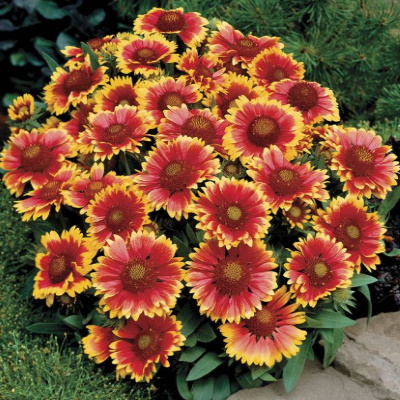-
Out of stock
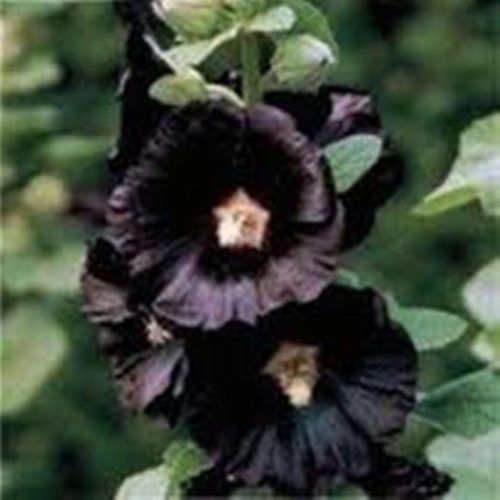 Biennial. This traditional variety is shockingly beautiful and richly coloured with its near-black flowers with just a hint of red. Gorgeous planted in the back of your flower bed or next to white buildings white flowers. A must for historical gardens.
Biennial. This traditional variety is shockingly beautiful and richly coloured with its near-black flowers with just a hint of red. Gorgeous planted in the back of your flower bed or next to white buildings white flowers. A must for historical gardens. -
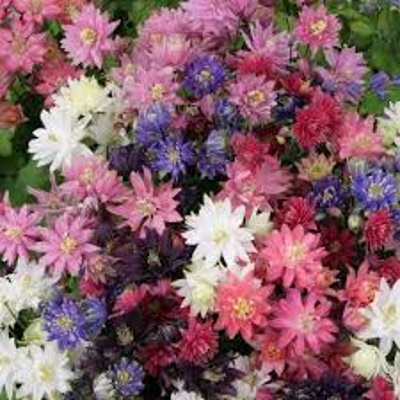
Clematis-flowered columbine. Fluffy, star-shaped blooms with pointed, overlapping petals resemble petite clematis flowers. Fully double 3-4 cm upward-facing and nodding, spurless flowers. Blooms late spring of the second year from a spring sowing. An excellent cut flower, it has strong, straight stems and fills the gap between early spring and summer bouquets. Produces multiple blooms per stem. The mix includes Victorian shades in a complementary color palette: rose, almost black, violet, deep wine red, dark purple, white, and purple-edged white. Attracts hummingbirds.
-
-
Out of stock
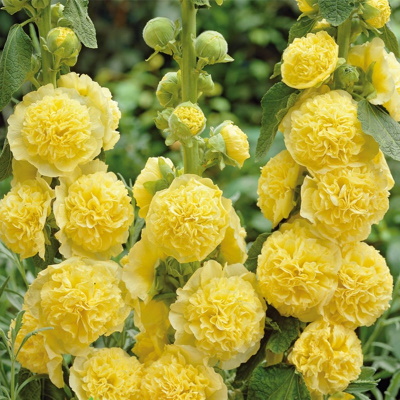 Perennial, grows 150-250cm tall. Large, yellow, double flowers collected in giant inflorescences. Blooms in the second year from July. Use for group plantings, borders, and cutting.
Perennial, grows 150-250cm tall. Large, yellow, double flowers collected in giant inflorescences. Blooms in the second year from July. Use for group plantings, borders, and cutting. -

Clematis-flowered columbine. Fluffy, star-shaped blooms with pointed, overlapping petals resemble petite clematis flowers. Fully double 3-4 cm upward-facing and nodding, spurless flowers. Blooms late spring of the second year from a spring sowing. An excellent cut flower, it has strong, straight stems and fills the gap between early spring and summer bouquets. Produces multiple blooms per stem. The mix includes Victorian shades in a complementary color palette: rose, almost black, violet, deep wine red, dark purple, white, and purple-edged white. Attracts hummingbirds.
-
Out of stock
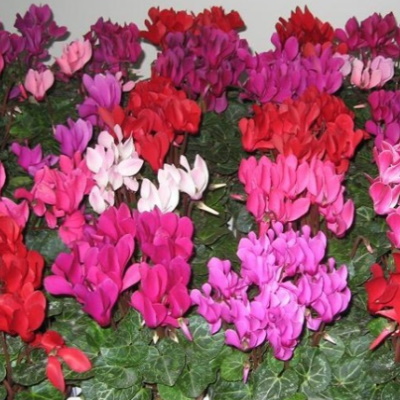 Recommended for windows and greenhouses. Perennial flowering plant grows up 20-30 cm height. Solitary, drooping flowers in a great variety of bright colours. Blooms in the autumn-winter period. During flowering, the plant needs bright diffused light, regular watering, and a temperature between 12-17 C
Recommended for windows and greenhouses. Perennial flowering plant grows up 20-30 cm height. Solitary, drooping flowers in a great variety of bright colours. Blooms in the autumn-winter period. During flowering, the plant needs bright diffused light, regular watering, and a temperature between 12-17 C -
Out of stock
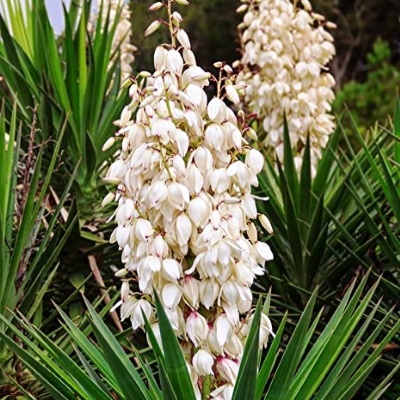 Easily grown in light, dry to medium, well-drained soils in full sun. Tolerant of poor, sandy soils, heat, drought, and salt spray. Surprising tolerance for some part shade. Can be propagated easily from basal offsets.
Easily grown in light, dry to medium, well-drained soils in full sun. Tolerant of poor, sandy soils, heat, drought, and salt spray. Surprising tolerance for some part shade. Can be propagated easily from basal offsets.Noteworthy Characteristics
Yucca filamentosa, commonly called Adam’s needle, Spanish bayonet, yucca and needle palm, is a virtually stemless broadleaf evergreen shrub (though it looks more like a perennial than a shrub) that is native to beaches, sand dunes and fields from South Carolina south to Florida and Mississippi. It has escaped cultivation and extended its original range north into New England. It features a basal rosette of rigid, sword-shaped, spine-tipped green leaves (to 30” long and to 4” wide) with long filamentous (as per specific epithet) curly threads along the margins. Leaves form a foliage clump to 2-3’ tall. In late spring, a flowering stalk rises from the center of each rosette, typically to 5-8’ tall, but infrequently to 12’ tall, bearing a long terminal panicles of nodding bell-shaped creamy white flowers. Fruits are elliptical dehiscent capsules. Will form a small colony over time from basal offsets. Genus name comes from the Carbi name for manihot, also called cassava or yuca, which is not closely related but has similarly enlarged root structures. Specific epithet means with filaments or threads. -
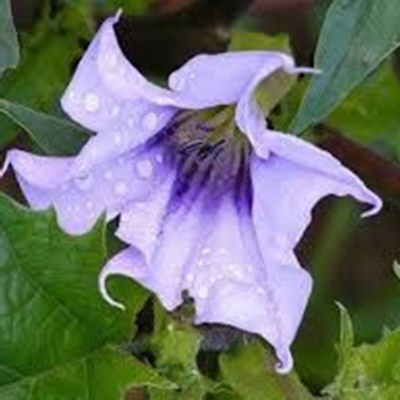 Very ornamental perennial is mostly grown as annual. Grows up to 150cm (60in.) tall, woody stem with large leaves. Fruit - a spherical capsule, covered with spines. Datura flowers are light blue, funnel-shaped, very fragrant, with white rim, up to 20cm (8in.). All parts of Datura plants contain tropane alkaloids (highly poisonous) and may be fatal if ingested by humans or other animals, including livestock and pets.
Very ornamental perennial is mostly grown as annual. Grows up to 150cm (60in.) tall, woody stem with large leaves. Fruit - a spherical capsule, covered with spines. Datura flowers are light blue, funnel-shaped, very fragrant, with white rim, up to 20cm (8in.). All parts of Datura plants contain tropane alkaloids (highly poisonous) and may be fatal if ingested by humans or other animals, including livestock and pets. -
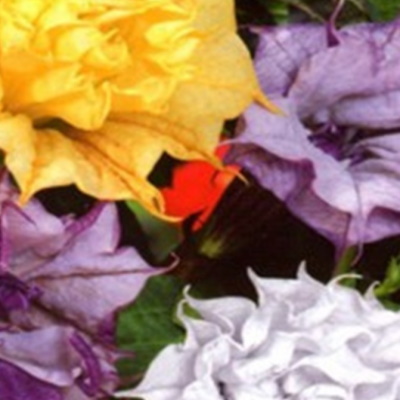 Very ornamental perennial is mostly grown as annual. Grows up to 150cm (60in.) tall, woody stem with large leaves. Fruit - a spherical capsule, covered with spines. Datura flowers are light blue, funnel-shaped, very fragrant, with white rim, up to 20cm (8in.). All parts of Datura plants contain tropane alkaloids (highly poisonous) and may be fatal if ingested by humans or other animals, including livestock and pets.
Very ornamental perennial is mostly grown as annual. Grows up to 150cm (60in.) tall, woody stem with large leaves. Fruit - a spherical capsule, covered with spines. Datura flowers are light blue, funnel-shaped, very fragrant, with white rim, up to 20cm (8in.). All parts of Datura plants contain tropane alkaloids (highly poisonous) and may be fatal if ingested by humans or other animals, including livestock and pets. -
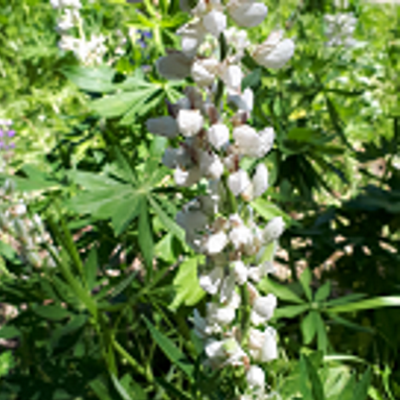
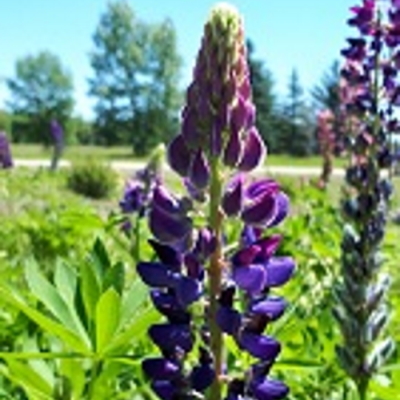 Stunning, brightly-colored spikes create a strong feature in the early summer garden. Its pea-like flowers grow in dense spires. Scatter through cottage or wildflower gardens or mass plant in the border. Purple, deep blue, red, pink, yellow, cream, and white. Lupins prefer a full sun position but will also grow well in semi-shade, they do not grow well in full shade. They grow well in a wide variety of soil conditions although chalky and/or waterlogged soil will be a problem if not improved before planting. If the ground is clay, lots of compost dug into the planting area will greatly increase their chances of surviving winters. Once your Lupins start to flower create new plants if you want more of a certain colour, gently separate the little offset at the base of a mature plant and replant it.
Stunning, brightly-colored spikes create a strong feature in the early summer garden. Its pea-like flowers grow in dense spires. Scatter through cottage or wildflower gardens or mass plant in the border. Purple, deep blue, red, pink, yellow, cream, and white. Lupins prefer a full sun position but will also grow well in semi-shade, they do not grow well in full shade. They grow well in a wide variety of soil conditions although chalky and/or waterlogged soil will be a problem if not improved before planting. If the ground is clay, lots of compost dug into the planting area will greatly increase their chances of surviving winters. Once your Lupins start to flower create new plants if you want more of a certain colour, gently separate the little offset at the base of a mature plant and replant it. -
Out of stock
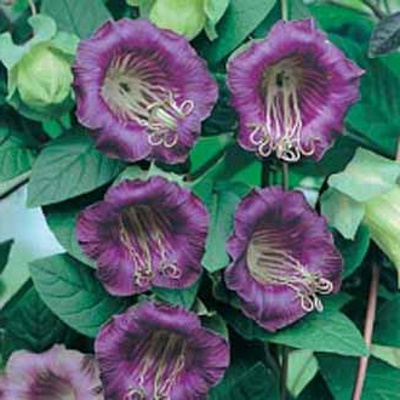 Tender perennial. A spectacular representative of climbing flowers. Vines grow up to 4 meters long. Large, bell-shaped, purple flowers, 7-8 cm long. Blooms from July until late autumn. Use to decorate walls, balconies, verandas, and gazebos.
Tender perennial. A spectacular representative of climbing flowers. Vines grow up to 4 meters long. Large, bell-shaped, purple flowers, 7-8 cm long. Blooms from July until late autumn. Use to decorate walls, balconies, verandas, and gazebos. -
Out of stock
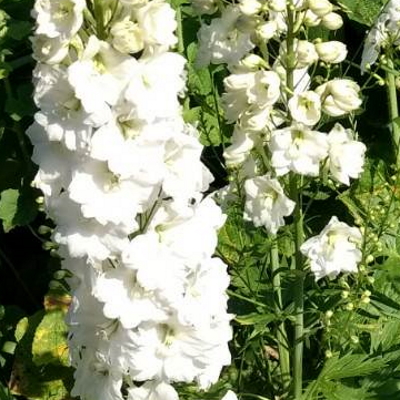
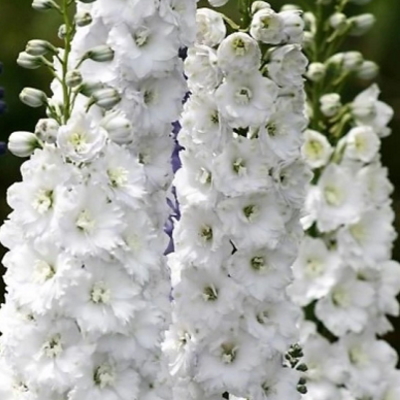 An F1 hybrid breeding breakthrough. Excellent bloom production during short days for cut flowers. GREENHOUSE: Sow in Jan. or early Feb. Freeze seed for 24 hrs. just before sowing, to break dormancy. Use Jiffy Mix or fine sand for a growing medium. Germinate in cool soil at 54°F/12°C for 20 days, according to color (best colors are smallest seedlings). High temp. will prevent germ. Grow seedlings cool, at 60°F/16°C days and 50°F/10°C nights. DIRECT SOWING: Sow outside in late August in cool soil. Freeze seed 24 hours before sowing. Do not pinch the flower heads. For improved blossoms, add lime to the soil each year.
An F1 hybrid breeding breakthrough. Excellent bloom production during short days for cut flowers. GREENHOUSE: Sow in Jan. or early Feb. Freeze seed for 24 hrs. just before sowing, to break dormancy. Use Jiffy Mix or fine sand for a growing medium. Germinate in cool soil at 54°F/12°C for 20 days, according to color (best colors are smallest seedlings). High temp. will prevent germ. Grow seedlings cool, at 60°F/16°C days and 50°F/10°C nights. DIRECT SOWING: Sow outside in late August in cool soil. Freeze seed 24 hours before sowing. Do not pinch the flower heads. For improved blossoms, add lime to the soil each year.
